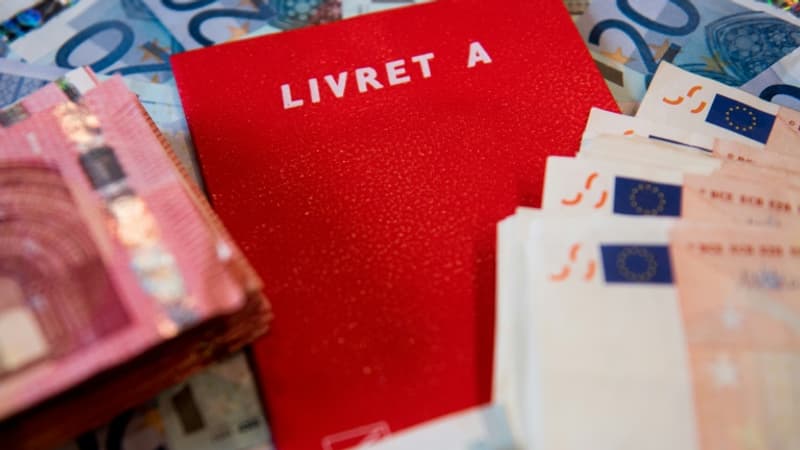The financial wealth of the French remains heavily invested in life insurance, far ahead of Livret A-type regulated savings despite more attractive returns this year, not to mention hundreds of millions of euros dormant in accounts currents.
About 6,000 billion euros
The financial wealth of households in France amounted to 5,726 million euros at the end of June, according to the latest available figures from the Banque de France. They are distributed in multiple supports: life insurance, listed shares, collective investment plans (OPC), regulated savings accounts, demand deposits, etc.
Hard to imagine, this sum is almost double the public debt and almost triple the total market capitalization of CAC40 companies.
It is also up 54% from the end of 2010 but less than at the end of December 2021, where it peaked at just over 6 billion euros, according to the central bank that produces a score every quarter.
Life insurance is still far ahead
Life insurance continues to be the investment that captures the most savings in France. According to data from the professional federation France Assureurs published on Thursday, outstanding balances amounted to 1,827 million euros at the end of October.
Some 18 million people have life insurance, which represents a capital of about 100,000 euros per subscriber, often invested in various contracts.
The amounts are divided into two main categories: funds in euros, whose capital is guaranteed and the return set each year by the insurer, and unit-linked (UC), higher-risk investments that do not offer any capital guarantee for the insured but which can, in good years, yield more.
Life insurance is shaking on its pedestal this year, trapped by competition from regulated savings and poor market performance. According to the Banque de France, its outstanding market value fell by 220 billion euros in the first half of 2022, mainly in euro funds.
The strong comeback of regulated savings
The livret A, often presented as the preferred investment of the French since 55 million have one, lags far behind.
With 368.5 billion euros at the end of October according to the latest score from Caisse des Dépôts, its outstanding balance is five times less than that of life insurance. In question? A ceiling set at 22,950 euros, their detractors respond.
In reality, only 4.3 million people (7.8%) had exceeded this limit by the end of 2021 due to capitalized interest, according to the Banque de France’s annual report on regulated savings. Livret A savings accounts are only filled with an average of 5,800 euros at the end of 2021, that is, only a quarter of their capacity.
This product, guaranteed, tax-free and which allows you to recover your funds very easily, is viewed askance by banks since the remuneration they must pay -2% from August 1 and more next February- weighs on their margins. . This performance is also now better than many euro life insurance funds.
There are other regulated savings products, such as the Housing Savings Plan (PEL, designed to make a real estate project viable), the Popular Savings Book (LEP, subject to means verification) or the Sustainable and Solidarity Development Livret (LDDS, dedicated to to the social and solidarity economy, as well as energy savings in the home).
Demand deposits, far from being marginal
Although there is a wide variety of financial products in addition to life insurance and regulated savings, part of the money of households is not invested or invested.
The reserve that sleeps in these current accounts is even greater than that deposited in the livret A and the LDDS combined: almost 700,000 million euros at the end of June, according to the Banque de France.
This money, with little or no remuneration, suffers even more than other investments from the impact of inflation, measured in November at 6.2% annually, according to a first estimate by INSEE on Wednesday.
The wad of bills under the mattress has finally not disappeared. Nearly eight out of ten euro banknotes in circulation are “hoarded,” meaning kept at home, says the Banque de France.
Source: BFM TV


